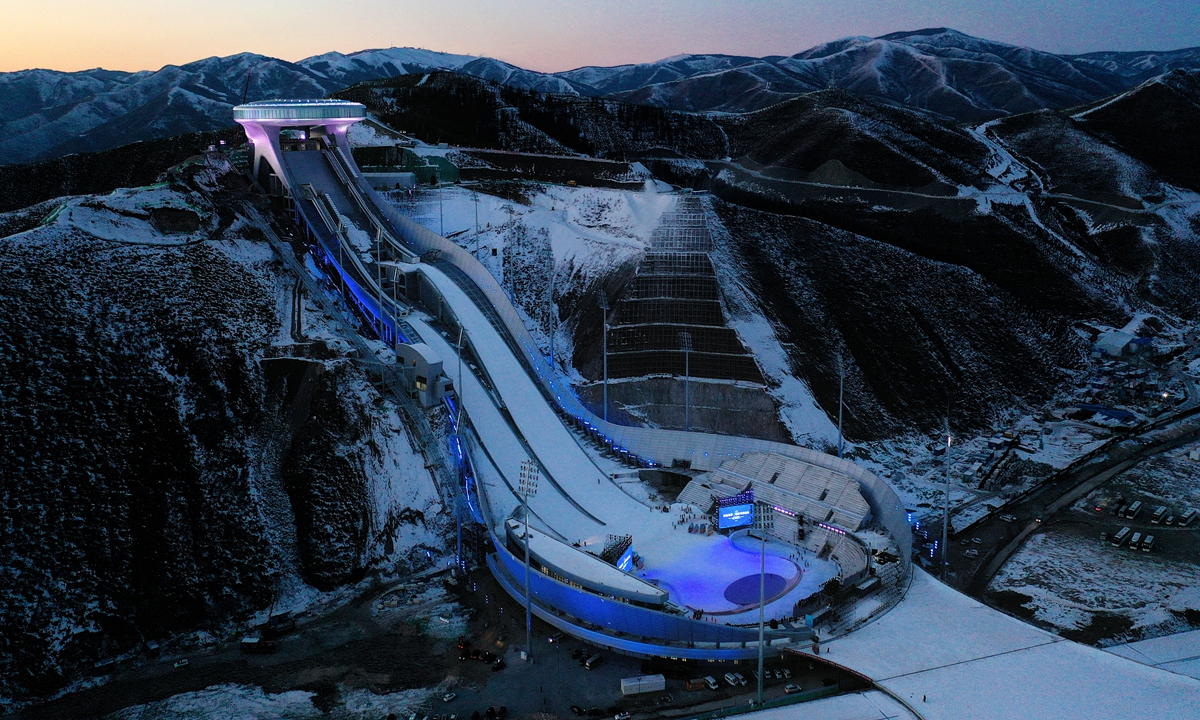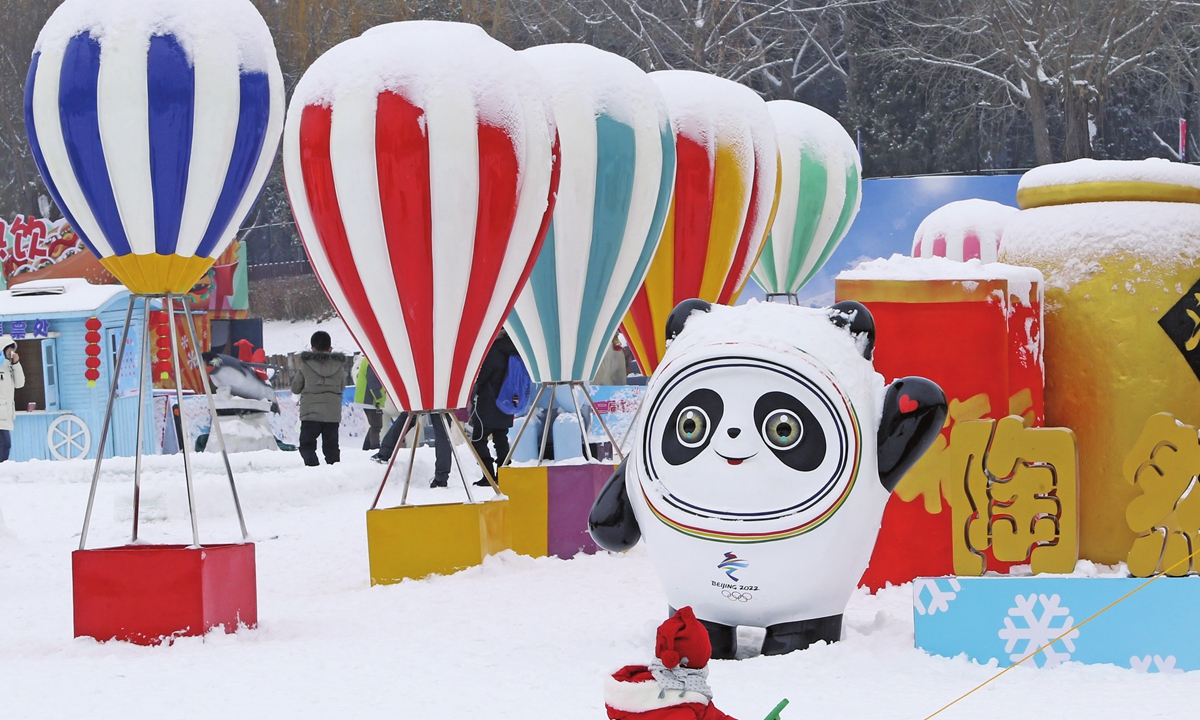SPORT / OLYMPICS
‘Snow Ruyi’ designer reveals how Olympic venue showcases beauty of Chinese culture
Iconic ski platform

The National Ski Jumping Center, also known as the "Snow Ruyi," in Zhangjiakou, North China's Hebei Province Photo:VCG

Zhang Li,designer of the "Snow Ruyi" and dean of the School of Architecture at Tsinghua University Photo:Courtesy of Zhang Li
After heavy snow on Sunday, the National Ski Jumping Center, also known as the "Snow Ruyi," lies quietly among the mountains like a graceful poster, shining in the silver world under the glow of spotlights. The unique ski jumping platform has become one of the most recognizable "star venues" of the Beijing 2022 Olympic Winter Games.
"The Beijing 2022 Winter Olympic Games are a window for the world to see new changes in Beijing and in China," Zhang Li, designer of the sports venue and dean of the School of Architecture at Tsinghua University, told the Global Times.
Located in Zhangjiakou, North China's Hebei Province, the Snow Ruyi is the first ski jump venue in China to meet Olympic standards. It is not only a winter sports venue, but also a brilliant architectural structure that resembles a ruyi, a traditional Chinese auspicious scepter-like object that symbolizes "good luck."
At the beginning of a brainstorming, Zhang and his design team have been trying to find traditional Chinese cultural elements that fit the S-curve profiles of the ski jumping hills, and they have came out over 100 such elements, while finally found that "Ruyi" is the best and most recognized image which perfectly accommodates the hill profiles.
A traditional cultural symbol, a ruyi scepter has a long S-curved handle and head often shaped like a fist, cloud or linzhi mushroom. The ornament has a long tradition in China. It is generally made of jade or gold.
"We established the image of the Snow Ruyi mainly through the S-curve on the handle. It is a smooth and subtle curve, an indicator of the beauty and humility of traditional Chinese culture," Zhang said.
However, the project was very challenging as the team needed to meet a lot of practical requirements including safety and economic concerns. The team needed to overcome environmental difficulties such as strong winds and harsh temperatures on the mountain.
The design of the Snow Ruyi rigorously follows the principles of green, low-carbon sustainable development. It makes full use of the natural topography, utilizing the profile of the valley which is inherently compatible with the needs of ski jumping.
"We hope to present the Chinese idea of nature, which is to say, the harmonious symbiosis between man and nature, through the Snow Ruyi. We tried to minimize the footprint of artificial interventions upon the existing landscape, making our building blend in with the overall environment," Zhang said.




